
Hospital acquired pneumonia, also known as nosocomial pneumonia, or HAP, is any kind of pneumonia that occurs in a patient in a hospital at least 48–72 after being admitted. In most cases, hospital acquired pneumonia is caused by bacterial infection, but it can also result from various viruses. Hospital acquired pneumonia is a type of infection that results from treatment in a hospital or any other healthcare service unit. Nosocomial infections usually appear 48 hours after hospital admission, but they can also occur within 30 days after discharge. Each year, about 1.7 million hospital-associated infections occur and about 99,000 people die as a result of these infections. Therefore, it is very important to understand how a hospital acquired pneumonia occurs and what can be done to prevent it.
General prevention
Each health care unit has the same sanitation protocols. These rules determine the proper type of sterilization, washing and other preventive measures. Medical workers are required to wear clean and proper working uniforms and wash their hands thoroughly or use alcohol rubs, before and after the contact with each patient.
Isolation
Despite these serious measures, patients are never fully protected. Sometimes, the nature of their condition makes them more susceptible to certain infections while the other times particular treatment (usually if patients are using prescribed antibiotics) makes them more prone to the resistant strains. Isolating high-risk patients, and already infected ones, can help to prevent a transfer of microorganisms from one patient to another.
Surface sanitation
This is one of the most important means of prevention in hospitals. The most commonly used sanitizing method is NAV-CO2 or Non-flammable Alcohol Vapor in Carbon Dioxide system. This is a safe and effective sanitizing method without the use of toxic or corrosive chemicals. This method is proven effective against Tuberculosis, MRSA, Listeria, Salmonella, Pseudomonas aeruginosa, Hepatitis B, and Norovirus.Hand-washing and gloving
This is the single most important measure of protection that helps to prevent spreading of microorganisms from one patient to another. Medical workers are required to perform a proper procedure in washing their hands. People should also use gloves in the hospital, to make a protective barrier and prevent any kind of contamination of the hands. Gloves can reduce the chances that microorganisms present on hands of medical workers will be transmitted to patients during regular care procedures. Gloves need to be changed between patient contacts, and hands have to be washed anytime the gloves are removed. Hospital personnel should also wear disposable aprons during patient care to reduce the risk of infections.


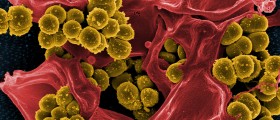

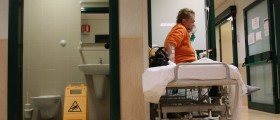

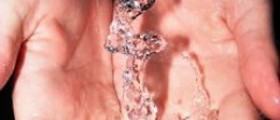


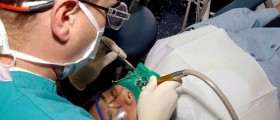
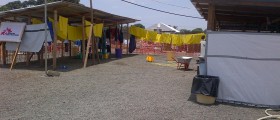
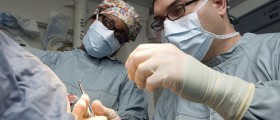

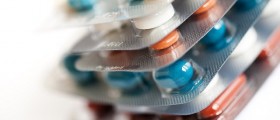
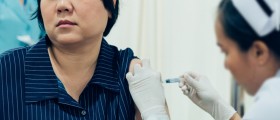
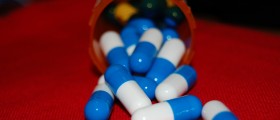

Your thoughts on this
Loading...